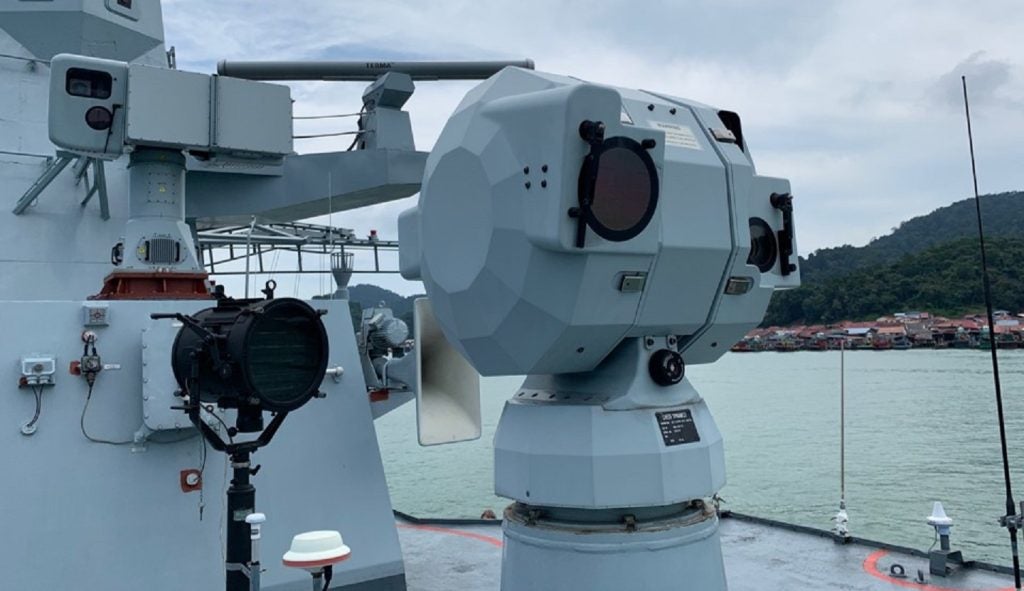USS Abraham Lincoln (CVN 72) is the fifth vessel of the Nimitz-Class nuclear-powered aircraft carriers. The vessel is homeported in Norfolk, Virginia, US. USS Abraham Lincoln carried out several humanitarian missions in the Persian Gulf and Pacific regions, as well as combat operations.
The vessel underwent a refuelling and complex overhaul (RCOH), which is carried out once in the 50-year lifespan of an aircraft carrier. It forms 35% of all maintenance and modernisation carried out for an aircraft carrier during its lifespan. The overhaul was completed in May 2017.
The vessel arrived at its new homeport Naval Air Station North Island in San Diego in January 2020 after its 283 days of deployment, which included operations in US 6th Fleet, US 5th Fleet, US 7th Fleet, and US 3rd Fleet.
USS Abraham Lincoln development and RCOH
The USS Abraham Lincoln’s keel was laid in November 1984. She was launched in 1988 and delivered to the navy in 1989. The vessel was built by Northrop Grumman Shipbuilding.
Huntington Ingalls Industries (HII) was awarded a $2.6bn contract for the RCOH of USS Abraham Lincoln. Northrop Grumman Corporation carried out the planning work for the overhaul as part of an $80.1m contract awarded in March 2010.
USS Abraham Lincoln arrived at HII’s Newport News shipyard in March 2013 to undergo the overhaul. The vessel was originally scheduled to arrive at the shipyard in February 2013 but was delayed due to uncertainties related to the funding of the overhaul under the defence budget.
The overhaul was funded as part of a planning contract. The RCOH refuels the ship’s reactors. It also includes the modernisation and major upgrade of the ship’s 2,300 compartments, 600 tanks, flight deck, catapults, combat systems, the island, and various other systems.
A modern communication system was installed and all mechanical electrical systems will be replaced during the overhaul.
Design and features of USS Abraham Lincoln
USS Abraham Lincoln is 1,092ft (332.8m) long, has a beam of 252ft (76.8m) and a draught of 41ft (12.5m). It has a displacement of 97,000t. The flight deck occupies approximately 4.5 acres and is 257ft (78.34m) wide.
The vessel features an island on the starboard side and an angled flight deck on the port side.
The flight deck is serviced by four hangar elevators, three of which are located on the starboard and one to port. The vessel is equipped with four steam catapults.
USS Abraham Lincoln can carry 90 aircraft models helicopters. The vessel can accommodate up to 5,680 people, including the ship’s crew of 3,200 and aircrew of 2,480.
Radars onboard and aircraft support
The ship is equipped with AN/SPS-48E 3-D and AN/SPS-49(V)5 2-D air search radar, an AN/SPQ-9B target acquisition radar, AN/SPN-46 and AN/SPN-43C air traffic control radars, AN/SPN-41 landing aid radar, four Mk 91 NSSM guidance systems, and four Mk 95 radars.
USS Abraham Lincoln carries nine squadrons, consisting of two Super Hornet fighter bombers, two Hornet fighter bombers, one E-2 Hawkeye early-warning fix wing, one EA-6B Prowlers, one greyhound logistical support aircraft, and two SH-60 Seahawk attack helicopters.
USS Abraham Lincoln weapons
Weapons on board the USS Abraham Lincoln include two Mk 57 Mod3 Sea Sparrow surface-to-air missile launchers, two RIM-116 Rolling Airframe Missile short-range surface-to-air missile launchers and three Phalanx Close-In Weapon Systems (CIWS).
Raytheon Technical Services was awarded a $7.2m contract in December 2012 to upgrade the Mk 57 Mod3 Sea Sparrow surface-to-air missile launchers. The contract includes the supply of associated test, ancillary, and support equipment.
Countermeasures and nuclear reactors
USS Abraham Lincoln is fitted with an SLQ-32A(V)4 countermeasures suite and SLQ-25A Nixie torpedo countermeasures systems.
The Nimitz-Class vessel is propelled by two Westinghouse A4W class nuclear reactors, powering four steam turbines. The turbines propel four shafts to generate 260,000shp (194MW). The ship is fitted with two rudders. The maximum speed of USS Abraham Lincoln is 30k.








